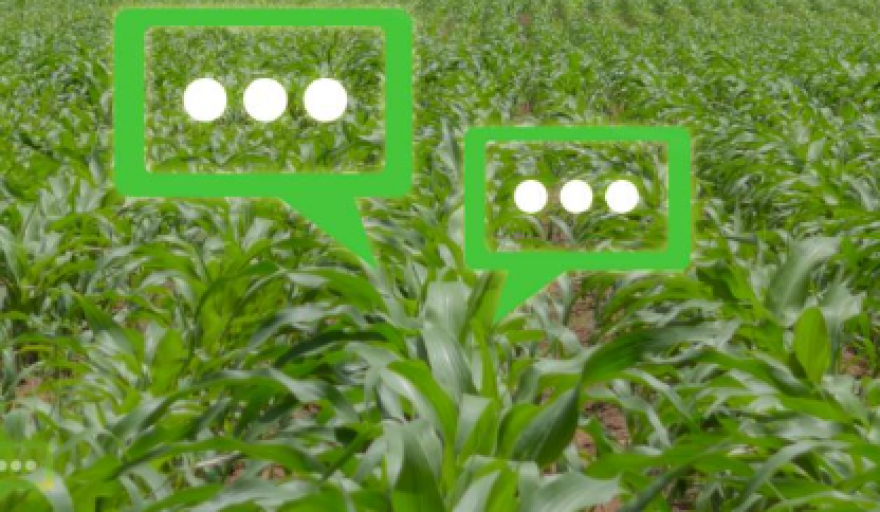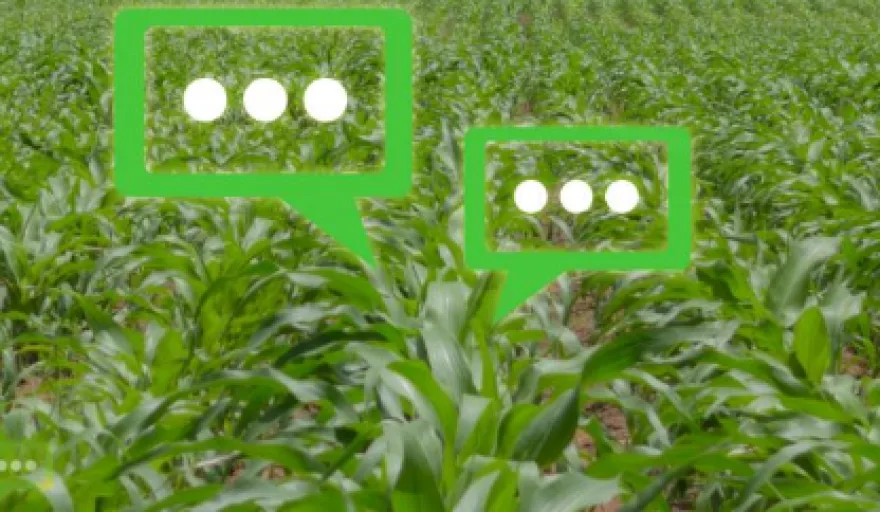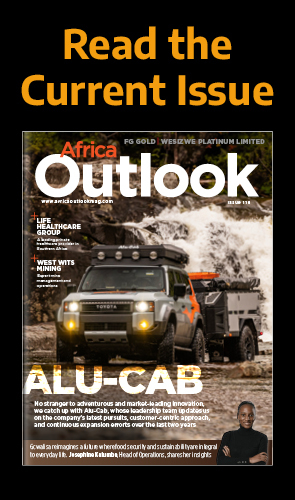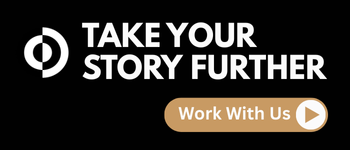
Africa faces several challenges; it currently carries almost a quarter of the global burden of disease, despite having access to just three percent of the world’s health workers, and less than one percent of our planet’s financial resources (according to a recent World Health Organisation (WHO) report). It is vitally important that NGOs make the best use of the resources at their disposal to try and combat the variety of issues facing rural Africans. However, many aid organisations are struggling to engage communities, and education programmes in some areas appear to be falling on deaf ears. In one example, cases of HIV actually increased following a prolonged education campaign, leading to funding cuts to the programme.
So, what’s going wrong on the ground? NGOs have many barriers to overcome before they can make a positive impact; ranging from Africans’ distrust of health workers contributing to the spread of Ebola, to misunderstandings around the purpose of anti-Malaria nets leading to them being used for fishing. As the old saying goes, you can take a horse to water, but you cannot make it drink. Unless NGOs explain why people need to change their behaviour or accept help that is offered, resources will go to waste, medics and vaccines will go unused, targets will be missed and funding diverted.
Why isn’t the message getting through?
The success or failure of NGO efforts hinges on whether people understand the message, so providing better communication will help put them in a position for success. However, failure to understanding the African reality often leads organisations to make basic mistakes when communicating with people on the ground. The methods used to educate people can fail to land, as key considerations – such as illiteracy, poor roads and infrastructure, or distrust of outsiders – are not considered. Handing pamphlets to individuals that can barely read, or alienating people by talking on stage wearing expensive sunglasses, can often lead audiences to disengage. While these are simple mistakes, they can have an enormous impact on the effectiveness of a campaign.
NGOs simply have to find another way of working if they want to be more effective on the ground, which is where technology can provide a turning point. It is much more practical to use technology in remote locations than it was in the past; running off solar power, tablet computers can display video content, either stored locally or streamed through satellite WiFi. Video conferencing also makes it possible to speak to experts who are unable to attend in person, opening the door to a world of knowledge.
Three steps to digital success
But what would a digital campaign look like in practice? Structurally, it would enable NGOs to improve along every step of the campaign process:
1. Before: Preparation is key. It is important for NGOs to spend time understanding the local communities they plan to visit and tailoring content to ensure it hits the mark – a one size fits all approach is likely to limit success. A good way of doing this is by working with local anthropologists to review content. Creating digital assets allows for more flexibility, allowing NGOs to tailor content in a way that will best engage individual communities.
2. During: Ensuring the message gets out to as many people as possible dramatically impacts success. Digital technology can help to pull a crowd from the outset, through playing music to create a party atmosphere, while also bringing something new and different. People receive a consistent experience across a campaign – unlike a speaker, a digital platform doesn’t get tired, or irritable! Once people have come to see what is going on, NGOs can keep them engaged by using visual and interactive content, Q&A sessions and gamification. Once the crowd has been educated, have had the opportunity to ask questions, have answered questions to ensure they really understood what the campaign is about, then NGOs can complete the loop by offering people the chance to be vaccinated or provide blood samples right away.
3. After: All campaigns come with objectives and deliverables and digital technology is innately built for data capture. Testing individuals, to see how well they understood a message and what they have taken away from it, can provide a range of insights that can help in refining content and message delivery in the future. Beyond this, by collecting and storing data digitally, and handing out data cards, you can give people in rural communities a digital health record, showing information such as vaccinations they have had, blood samples taken, HIV status, age, date of birth, location. This information can then be used for wider big data and AI projects in order to draw correlations and insights to help with future policy setting.
The digital difference
For all the benefits digital technology brings, use in rural African areas has remained low for a number of reasons, such as lack of reliable electricity supply. Attempts to cross the digital divide with ‘one laptop per child’ schemes have been well-intentioned, but are not scalable. However, a community-orientated, solar-powered, digital school roadshow makes it possible to overcome these issues. Digital schools are a flexible solution that helps NGOs to bring the power of digital to even the hardest to reach rural communities, laying the groundwork for success before, during and after a campaign.































